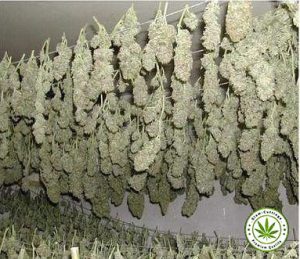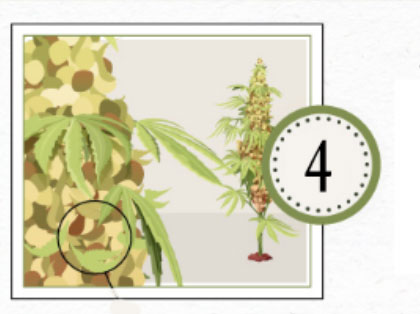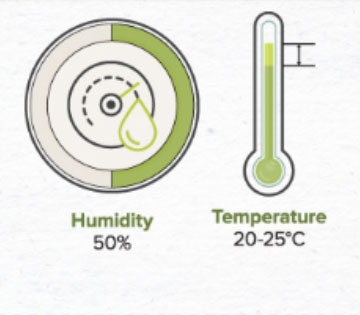General information about the hemp plant
Hemp (Latin cannabis) is a genus of plants within the hemp family.
Hemp is one of the oldest crops on earth.
Cannabis : Marijuana, Weed, Ganja, Dope, Grass, Jane, Smoke, Sinsemilla
Industrial hemp : Hemp, industrial hemp
Cannabis / Marijuana
Both Cannabis sativa and Cannabis indica or the resulting hybrids are used as medicinal hemp. Cultivated hemp is only rarely used in a largely natural (and not intoxicating) form as hemp oil and essential hemp oil.
The dried, usually crushed, resinous flowers and small leaves of the female plant close to the flower are called marijuana. They are consumed in dried form. The extracted resin is also processed into hash or hash oil. Cannabis is the most illicitly consumed drug worldwide. Mainly psychoactive is the cannabinoid THC. THC affects, among other things, the central nervous system of humans. It is primarily responsible for relaxing, sedating and antiemetic effects.
According to the World Drug Report 2019, cannabis is the world’s most used illicit drug with 192 million users. Morocco and Afghanistan were the main countries of cannabis products for export in 2017.
source: https://de.wikipedia.org/wiki/Hanf
Industrial hemp
includes all varieties of hemp (Cannabis genus) that are cultivated for commercial use – apart from its use as an intoxicant or medicinal product. These are mainly varieties of the hemp species Cannabis sativa and its cultivar Cannabis sativa var. sativa. Indian hemp (Cannabis indica), on the other hand, only plays a role as a drug and medicinal plant.
Industrial hemp is mainly grown for the production of hemp fibers. Other products used are hemp shives, hemp seeds (to obtain hemp oil) and hemp flowers and leaves (to produce hemp essential oil). These varieties, grown for fiber and seed use, have a very high fiber content of 30 to 40%, in contrast to those used as intoxicants and medicinally. They also contain very low levels of tetrahydrocannabinol (less than 0.2% THC) and are therefore not suitable for making hash and marijuana.
Hemp plant
Growth phases
Why is it important to differentiate between male and female plants?
How do you recognize male and female plants?
What should be considered when caring for – fertilizer, water requirements and temperature
Location
Cannabis plants legal in Thailand?
Grow your own organic CANNABIS in just 4 steps
Cuttings
Use a female healthy organic cannabis cutting.
The growth phase can begin from a size of approx. 10cm-15cm.
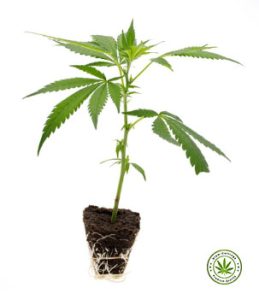
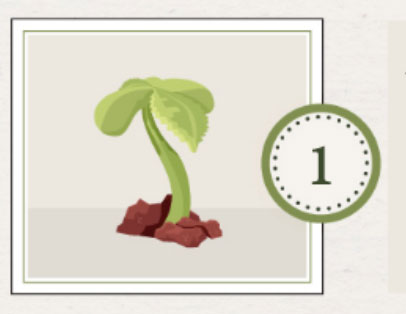

Growth phase
Plants need flowing dry air, fresh warm water and more nutrients – especially nitrogen. Let the plants grow for 2-8 weeks.
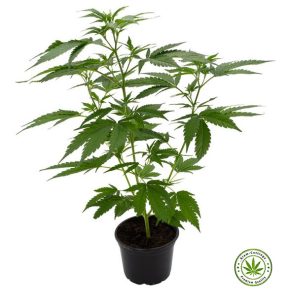
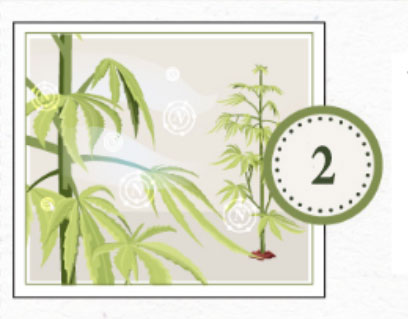
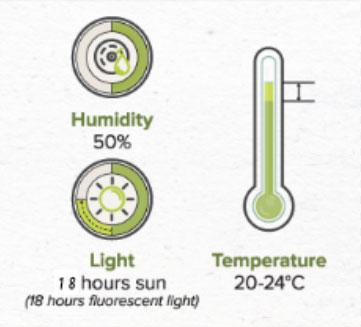
Flowering phase
Gradually reduce exposure to light. Increase phosphorus and decrease nitrogen. After about 8 weeks (depending on the variety) the cannabis is ready.
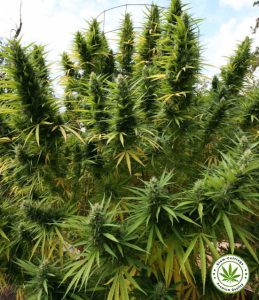
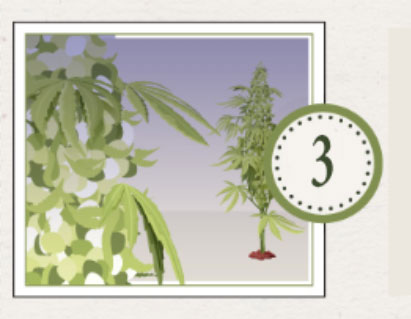
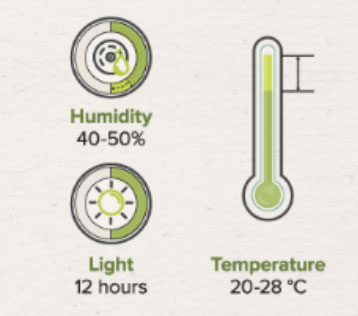
Harvest and drying
Cut and dry the buds. The plant is mature when the buds turn from milky white to reddish-orange. Harvest when 70-90% of the pistils are brown. Drying time about 10-30 days.
